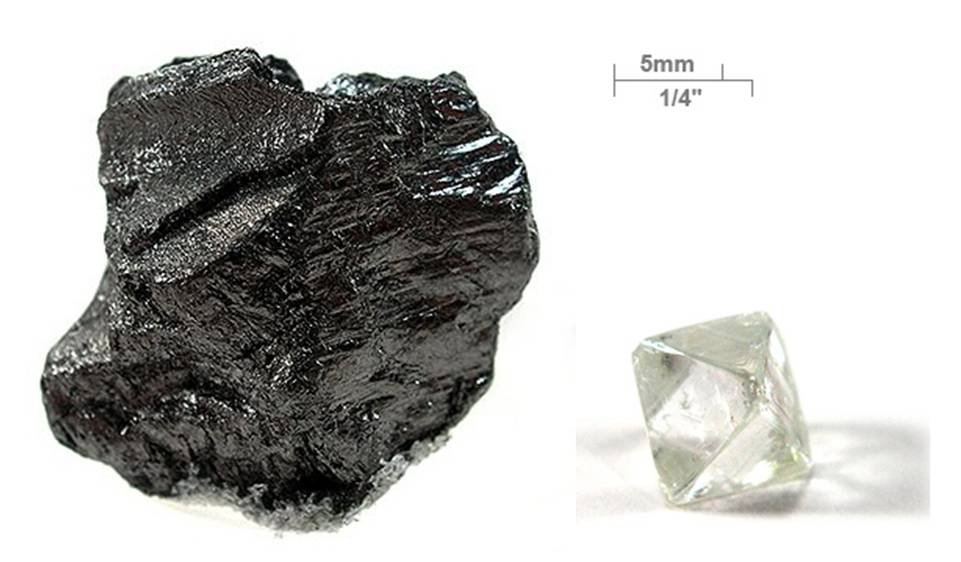10 May 2023
The phrase face the music means to accept unwelcome consequences, especially the consequences of one's own actions. The underlying metaphor is uncertain, but there are a number of plausible suggestions.
What we do know is that the phrase is an Americanism, appearing first in New Hampshire in the mid 1830s. The phrase face up to appears a century earlier, and face the music appears about the same time as face the facts, and may have been a metaphorical play on those more literal phrases.
The earliest known use of the phrase is from the New Hampshire Statesman of 2 August 1834:
By the way, the mention of the late Sheriff of Merrimack brings again to mind the lost law. The editor of the Courier has not, probably, forgotten that this individual was accused by him of stealing that bill, while he held it in his possession, by virtue of the arrangement with one Charles F. Gove. Will the editor of the Courier explain this black affair. We want no equivocation—“face the music” this time—Gove and Barton are able backers. And when this is done with, we may perhaps take occasion to read another lesson or two pertaining to his official conduct, before we touch his private affairs.
It then appears in another New Hampshire paper, the Dover Enquirer, a couple of times the following year before spreading out to the rest of New England and the wider world. The first of these is dated 19 May 1835:
One of the brightest feathers in General Jackson’s cap, in the estimation of the tories of this state, is his pertinacity in vetoing all projects for internal improvement; and one of the strongest claims which Van Buren possesses to the old man’s shoes, according to the same gentry, is his determination to follow up the work. As Van Buren, however, has now given “assurances” that he will not be a Vetoite, we are curious to see how the tories will get over it. Come gentlemen—no dodging—face the music.
And the second appearance in the Dover Enquirer is from 15 September 1835:
Notice is given in the Concord papers, that all “$100 Judges,” who intend to follow the “patriotic example” of Judge Stark, are requested to send in their resignations before Monday the 21st inst. when the Governor and Council will be in session to fill the vacancies. Come Judge Simpson, “face the music!”
There are a number of possible metaphors to explain the phrase. It may be from a nervous performer fearing to come on stage. Alternatively, it may come out of a military context. Face is commonly used in the military in commands telling soldiers which direction to turn, and music is military slang for gunfire, and so to face the music may refer to going into battle. Somewhat more plausible is that face the music may come from the practice of literally drumming a soldier out of his regiment for bad behavior. Militating against the military explanations, however, is the fact that none of the early appearances in print are particularly martial. In the end, though, while all of these speculations are possible, we just don’t know.
Sources:
“The Editor of the Courier.” New Hampshire Statesman (Concord), 2 August 1834, 3/2. Gale Primary Sources: Nineteenth Century U.S. Newspapers.
Green’s Dictionary of Slang, 2023, s.v. music, n.
“Notice Is Given.” Dover Enquirer (New Hampshire), 15 September 1835, 2/3. Readex: America’s Historical Newspapers.
Oxford English Dictionary, third edition, September 2009, s.v. face, v.; June 2015, s.v. drum, v.1.; March 2003, s.v. music, n. and adj.
“A Slant at Henry Hubbard.” Dover Enquirer (New Hampshire), 19 May 1835, 2/5. Readex: America’s Historical Newspapers.
Photo credit: Haas and Peale, 1863. Library of Congress. Public domain image.





